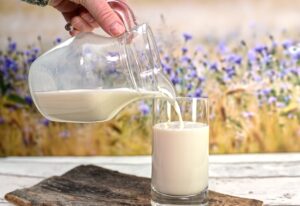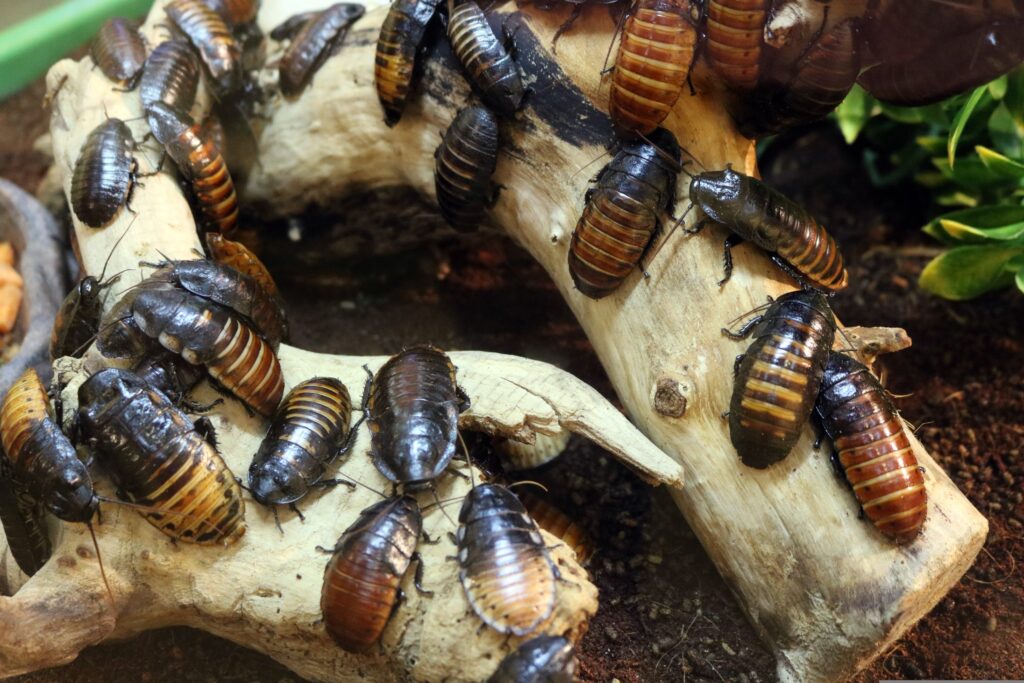Milk is a vital ingredient for a balanced diet, delivering important nutrients including calcium, vitamin D, vitamin B-12, lactose or potassium, which helps to support bone strength and regulates muscle function. Have you heard about cockroach milk gaining limelight around the world? Yeah, it’s weird, or unnatural but scientists released a report on cockroach milk being the future superfood.
In a fast-paced world, where massive access to technology, unhealthy foodstuffs, uneven sleep patterns, and unbalanced lifestyles are turning down well-being and life span.
Numbers of population are moving towards trending diets, like vegan diets, ketogenic diets, gluten-free diets, the Dukan diet, or intermittent fasting. These methods contains high nutrient content and give positive outcomes for both physical or psychological fitness.
Recent research studies have defined that cockroach milk carries three times more nutritious profile than buffalo or cow milk and other alternatives milk. Scientists found that a particular cockroach species, Diploptera punctata, produces milk-like substances, crystallized, that are rich in proteins, fats, and sugar together with nine amino acids, which is more nutritious than any other animal milk.
Besides, that beetle cockroach Diploptera punctata, is widely found in Australia, China, Myanmar, Hawaii, Fiji, and India, or Pacific islands.
How did cockroaches produce milk?
While Diploptera punctata does not lay eggs, rather female mammals produce pale yellow, milk-like substances to nourish their offspring.
Its shimmering, protein-rich crystals serve as food to nourish their young. Scientists claim that cockroach milk is a superfood that serves more protein, carbs, and fats even compared to breast milk.

Compared cow and buffalo milk
In 2016, the reports published by the Journal of the International Union of Crystallography found that cockroach milk holds three times more calories than buffalo milk. However, research described female cockroaches making grayish yellow inside their brood sacs as a good source of protein and sugar, which helps to repair cells.
According to the reports of the Independent researchers, cockroach milk is one of the most caloric mammalian milks on the planet.
Benefits of cockroach milk
On the basis of Healthline articles, it is shown that cockroach milk contains other nutrient elements such as omega fatty acids, linoleic acids, oleic acid, vitamins, minerals, or short-chain fatty acids.
Meanwhile, this milk is a non-dairy milk alternative, where one cup of cockroach milk carries more than 700 calories instead of regular cow milk.
Research examines cockroach milk as a future superfood non-dairy milk.
Moreover, cockroach milk is not yet accessible for human’s beings, if talking about future perspective, therefore we need to kill more than 1000 of cockroach to make-out just 100 grams of milk, that significantly influencing biodiversity and environments factors.
Furthermore, 2.4 million liters of milk are consumed by 6 billion people worldwide every day, a capacity of 960 Olympic swimming pools.
Many celebrities, musicians, and athletes welcome vegan diets in their lives, which exclude dairy and animal products. So in this case, the used non-dairy milk alternatives, which are available in the market, are getting popular through the social media feeds.
Ranges of non-dairy milk
Soya milk
Almond milk
Oat milk
Peanut milk
Cashew milk
Hazelnut milk
Hemp milk
Coconut milk
Macadamia milk
Quinoa milk
Overall, scientists predict that cockroach milk will become the future essential insect food that provides proteins, sugars, fats, and omega-3 fatty acids, along with essential amino acids that contribute to properly managed body organ functions or maintain overall well-being.



